I think we can all agree it would be fair and decent of the world to stop releasing so many fantastic comics until I’ve had the chance to finalize my favorites of the year. This month I catch-up on some of the best manga of the year, dive into the Shortbox comics fair, read all of Ryan North’s work on Fantastic Four, and check out the latest instant classic from Judge Dredd!
Don’t hesitate to let me know any of your favorites I may have missed via dave@comicbookherald.com!
To get these picks sent directly to your mailbox every month, sign up here for free.
The Way of the Househusband Vol. 12
Now that I’m a Big Daddy Manga Boy, I’ve started checking in on the latest translated version of popular series I’ve tested out but haven’t kept up with. So for example I read the first couple volumes of Blue Lock before jumping to Volume 14, the first couple volumes of Komi Can’t Communicate before jumping to Volume 38, and the first couple volumes of Spy x Family before jumping to Volume 10 or so. Presumably this is breaking some of your brains, and I’ll admit, if somebody told me they skipped 30 issues of Claremont’s X-Men run, my head would fly from my shoulders straight into the sun. As you’d expect, the approach works better for some than others, and The Way of the Househusband is the latest beneficiary. I think I made it through Volume 5 during my initial foray, and jumping straight into 12 was no problem for Kousuke Oono’s manic comedy.
The Way of the Househusband is perhaps the only comic book to ever focus solely on the three things most dear to me (husbandry, manliness, and couponing), and while I expected the gag of a hardened Yakuza taking on the (traditionally) matronly duties of housekeeping to run its course fast, Oono continues to embrace an absurd maniac humor that makes this work incredibly charming. Volume 12 opens with a kids vs. adults baseball game that made me laugh out loud multiple times before venturing into Halloween, trying to make sense of Starbucks’ menu, and overzealous traffic cops. It’s a deeply unserious comedy manga that knows its lane and plays it well.
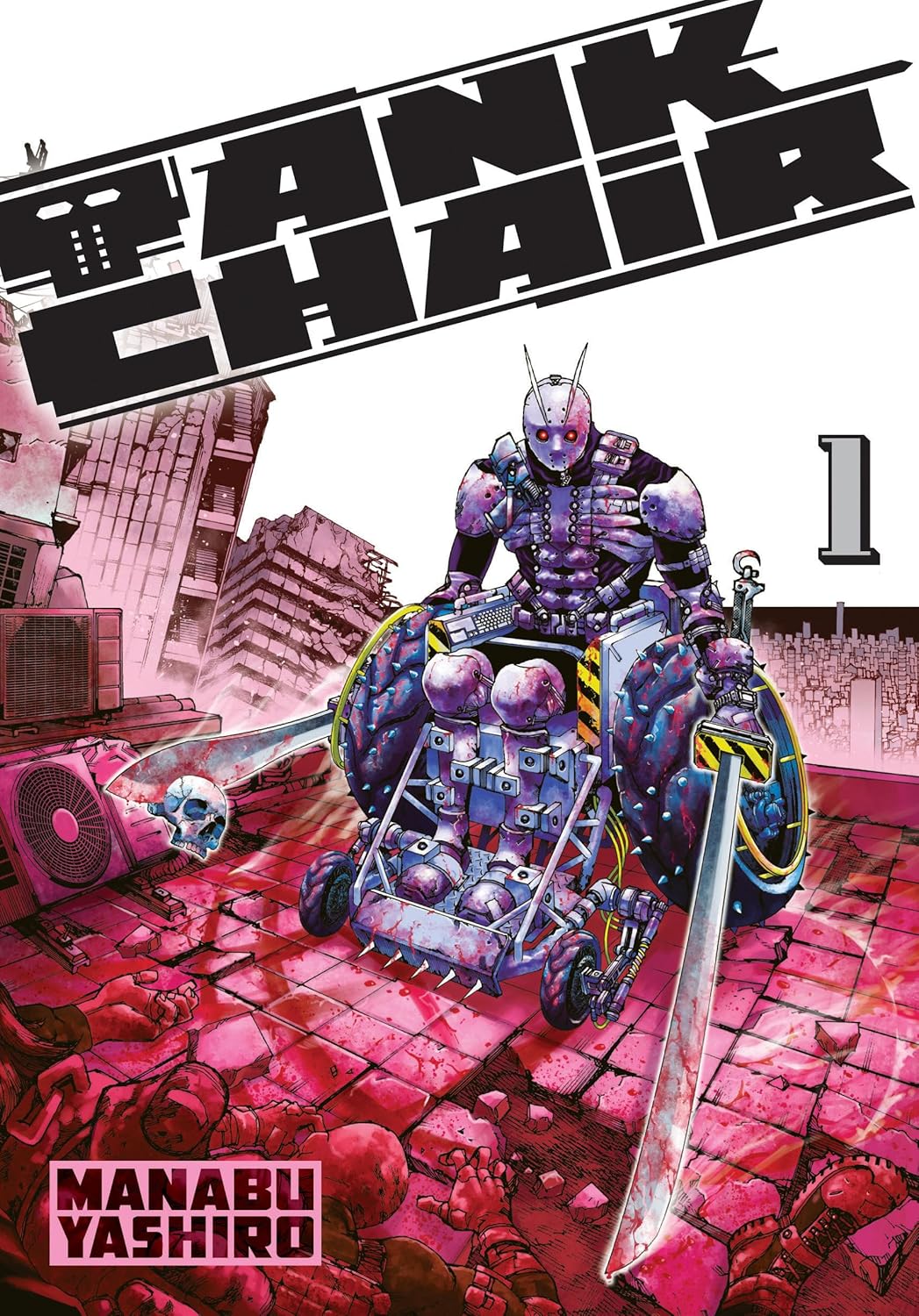
Tank Chair
Manabu Yashiro’s Tank Chair really wants to be the next Chainsaw Man, and considering that’s my favorite ongoing manga that I keep up with, I’m happy to watch Yashiro try. The first English volume lacks Fujimoto’s wry humor and demonic pencils, but it certainly captures the high concept, supernatural violence with a human core. The premise of Tank Chair is that a young girl’s brother – an elite hitman assassin – goes into a coma while rescuing and protecting her from a bullet. The only time he comes out of the coma – and into his warrior wheelchair weaponry – is when he senses something with the urge to kill him approaching. So Shizuka is on a quest to find the ultimate murderous threat that can bring her brother, Nagi, out of his coma for good.
In the grand Shonen tradition it’s a work that isn’t afraid to weave in fantasy and magic, and within the first volume we see cyborg assassins, giant gorilla warriors, and a Cthulu-esque assassin. The designs are exciting, if not quite yet at the level of a Chainsaw Man or Dorohedoro. The grand absurdity of the work brings to mind One Punch Man (without the laugh out loud moments), but Yashiro feels fully committed to exploring the possibilities of the literal Tank Chair.
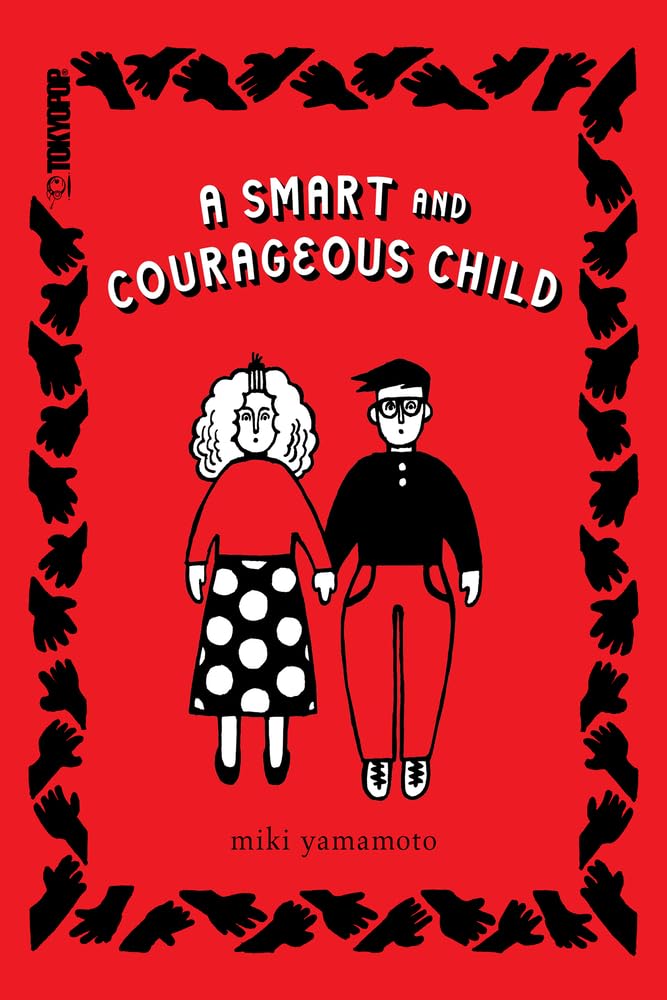
A Smart and Courageous Child
I finally set out to read Miki Yamamoto’s A Smart and Courageous Child (translated into English via Tokyopop) during straight-up one of my worst nights of the year as a Dad. My boys were all on their worst behavior for bedtime, my fuse felt shorter than ever, and all those hard-earned lessons I’ve gained over time (for example, stop threatening to take things away if behavior doesn’t change; it never works!) went straight out the window. It was one of those “Goddamn, I’m handling this badly!” kinda nights, even as it was happening, and yet I felt powerless to stop it. So as the kids finally began to entertain thoughts of sleep hours after I’d thought they should, I pulled up what I expected would be a hard read to remind myself why we do it.
I share those warts from my life because A Smart and Courageous Child is fully committed to the challenges of parenting and a couple on their worst behavior. It’s a powerful read about the stop-you-in-your-tracks fear that can take over when you think about the state of the world today and bringing a child into it. It also highlights how a couple overcome with excitement about their future baby can spiral into angry, confused, abusive patterns. A mother is overcome with debilitating anxiety upon hearing of the real-world assassination attempt of Malala Yousafzai by the Taliban in 2012, and a father is overcome with anger when he can’t fix his wife’s traumatized reactions. Yamamoto’s carefully paced and beautifully colored work is a deliberately uncomfortable read that doesn’t hide behind saccharine after-school lessons. I suppose the work’s ending is hopeful, but given what I’ve seen from these new parents, I’m deeply worried for them. Of course, the fact that I have strong feelings about their future in any capacity speaks to Yamamoto’s character-work and ability to capture the universal feelings of modern parenthood.
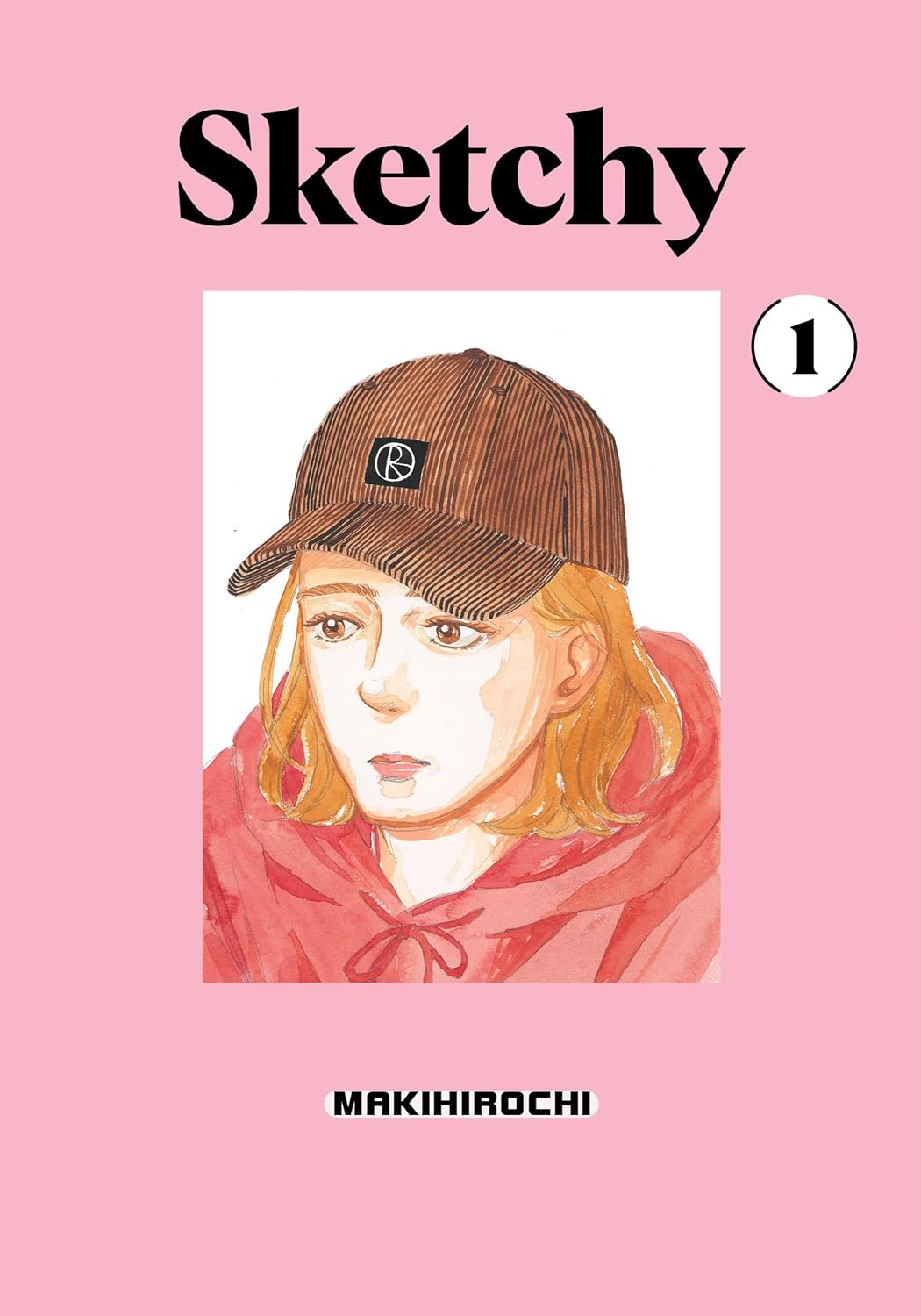
Sketchy
It’s a shame I don’t know any 30-something comics bloggers who work a vacuous day job, but I imagine if I did, Sketchy by Makihirochi would be exactly the slice-of-life inspiration that would connect on an almost spiritual level. Released by Kodansha in 2019, and translated into English this year, Sketchy is the story of Ako, floating through life with a job in retail (at a video rental store no less – in 2024!), dating an older wannabe-screenwriter who has no interest in marriage, and watching all her highschool friends Insta-post about their latest victories on life’s social ladder (marriage! dating lawyers! modeling for perfume!). It’s clear Ako is beginning to suspect there might be something more to life, and her passions are inflamed when she sees a group of young women skateboarding.
Makihirochi approaches the work with a solemnity offset by the pure joy of Ako’s first pushes on a deck. Like Beth Hetland’s excellent Tender, it’s a work pushing back on the pressures of progress-posting in your real-life social circles, but with an evergreen core about continuing to find passions even as you grow “too old.” There’s such an expertly told mixture of cringing sweetness in the story of Ako attending beginner skateboard lessons alongside a bunch of children, it’s hard not to feel the fear of how hard it is to take a chance on something new later in life, but also the possible self-actualization to be realized by taking the chance. Sketchy also serves as a promo for the women’s skateboarding scene, similar to Takehiko Inoue’s fandom for 90s basketball in the pages of Slam Dunk.
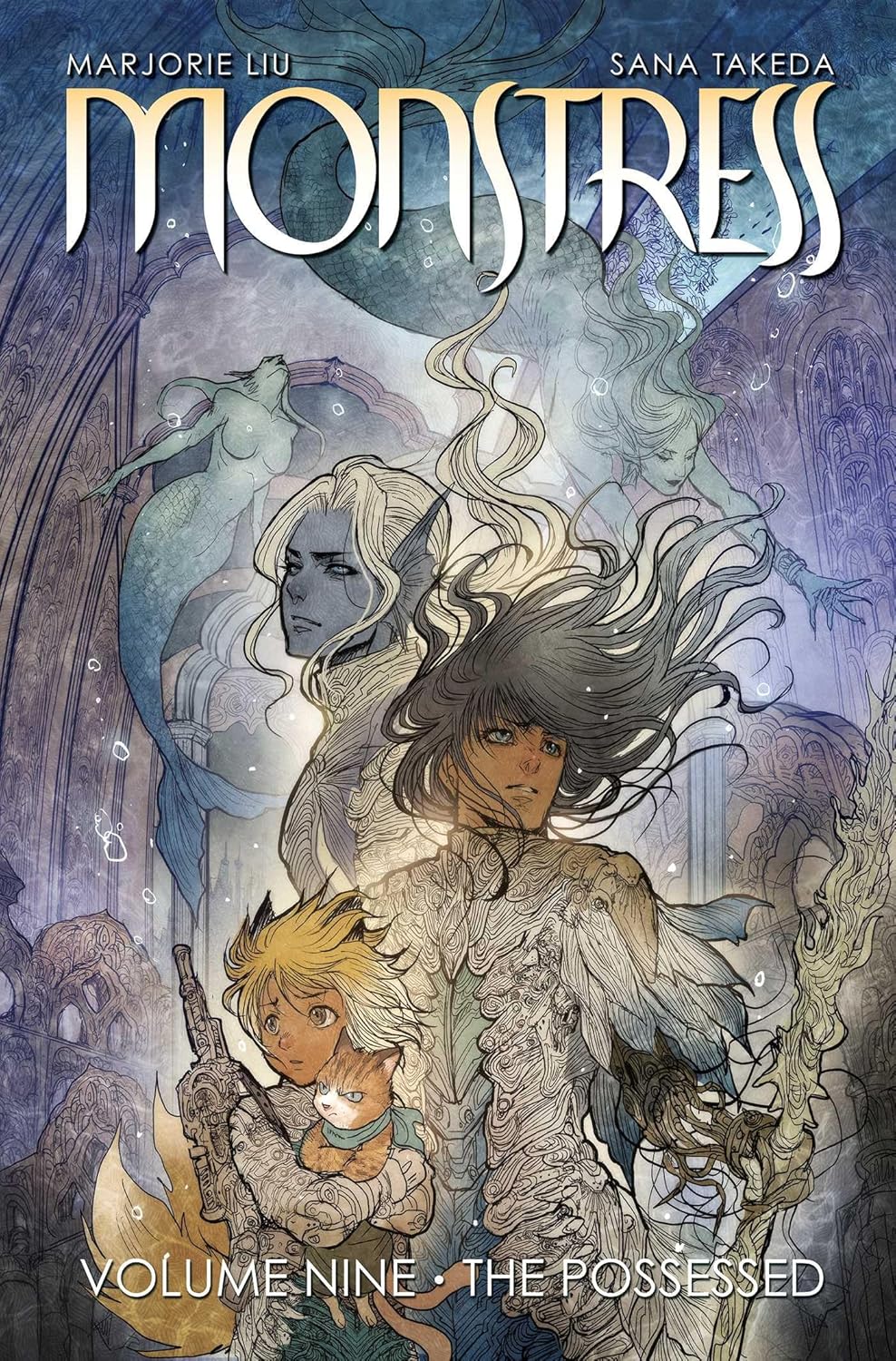
Monstress Vol. 9
I have a hard time with Monstress on my CBH year-end best-of lists, and it’s entirely derived from longevity. Monstress #1 released in November 2015, and Marjorie Liu and Sana Takeda have patiently and consistently crafted one of the best fantasies in the history of comics ever since, to the tune of around 6 new issues and a trade collection every year. This means that heading into next year’s 10th anniversary Monstress will be approaching around 60 issues of, to date, one of my 200 favorite comics ever. This year’s volume 9, which collects Monstress #49 to #54, shows no signs of slowing or degradation, as Liu’s grasp of political intrigue and character development is as in sync with Takeda’s ornate, incomparable design work as ever. Nonetheless, 2024 is decidedly an interstitial year, a moment of conversation and consideration before Maika Halfwolf and her Lord Doctor father (which is what I insist my children call me, to no avail) come clashing together again with the fate of the world and the old gods in the balance.
So the question here is not “Should you read Monstress,” for this was answered in full nearly a decade ago! The question is: Is Monstress having a standout 2024 in comparison to the rest of the absolutely loaded comics field? It’s the challenge of all my favorite ongoings, like Kaya, Poison Ivy, What’s the Furthest Place From Here, and on and on. Admittedly, I am partial to preferential treatment towards long runs that are new to me, as in the case of the below astonishment at Ryan North’s Fantastic Four, or Ram V’s Detective Comics. Now, I think both of those have had particularly excellent 2024s, but I will not pretend those feelings aren’t influenced by the fullness of the work. Had I read Monstress for the first time in catching up with volume 9, I’d likely be singing its praises more loudly.
As it stands, all I can do is say if you haven’t read Monstress before, by the old gods, read Monstress! I cannot wait for the next year of story.
Judge Dredd: A Better World
2000 AD promotes A Better World by Rob Williams, Arthur Wyatt, Henry Flint and team as a modern Dredd classic, and while I’m perpetually behind on the exploit’s of Mega-City One’s lead grimjaw, I’m hard-pressed to imagine they’re wrong. Take it from a guy who read America and a boatload of Garth Ennis Dredd for the first time this year: this is Judge Dredd at its serialized best. A Better World focuses on one Judge’s best efforts to make Mega-City One a better place to live through data-driven social programs instead of the brute force the Judges are known for. It’s a deliberately on-the-nose exploration of “law and order” and how challenges to that established norm rankle the politicians and media personalities whose power derives from fear, anger and fists. Williams and Wyatt don’t shy away from obvious modern political parallels, to the point that the messages are admittedly somewhat hamfisted (the judge in charge of reform even looks like AOC). The real trick is navigating these themes in what still feels very much of Dredd’s world, even as the title character is reduced to a side player mostly speeding around on his motorbike out of the action.
This being Mega-City One, it’s best to keep your guard up with all this talk of progress and hope. Flint’s pencils sell the enormity and scale of Dredd’s world, where social programs could roll out sector by sector but stay contained through the Judges iron force (it’s reminiscent of the Wire’s Hamsterdam as well). My hope here would be that Williams, Wyatt and Flint keep pushing on these ideas and integrating them into Dredd, lest they fadeaway like yet another forgotten dream.
Dr. Limos Plays God
The Shortbox Comics Fair is my favorite annual comics event, with over 100 diverse creators submitting short stories and graphic novellas curated by Zainab Akhtar, and selling them digitally throughout October. I bought in the vicinity of 40 books this year, and have been eagerly making my way through them throughout November. You’ll see a couple standout favorites on this very list, including Stevie Barot’s Dr. Limos Plays God.
Barot’s cartooning channels queer Black Mirror with a focus on the messy, nasty genius of Dr. Limos who creates a robotic mirror of himself to put through perpetual trauma therapy so Limos doesn’t have to undergo it himself. It’s an exploration of relationships, unrequited feelings, emotional abuse, artificial intelligence, and the deeply human urge to better understand oneself without needing to do the work! I was particularly impressed by Barot’s ability to keep Groundhog Day repeated relived experiences lively, where the repetition could have quickly grown stale. Instead Barot maintains the tension and emotional gutwrench of finding yourself stuck in your copy’s emotional petri dish. Dr. Limos is the worst kind of god, which makes for the best kind of comic.
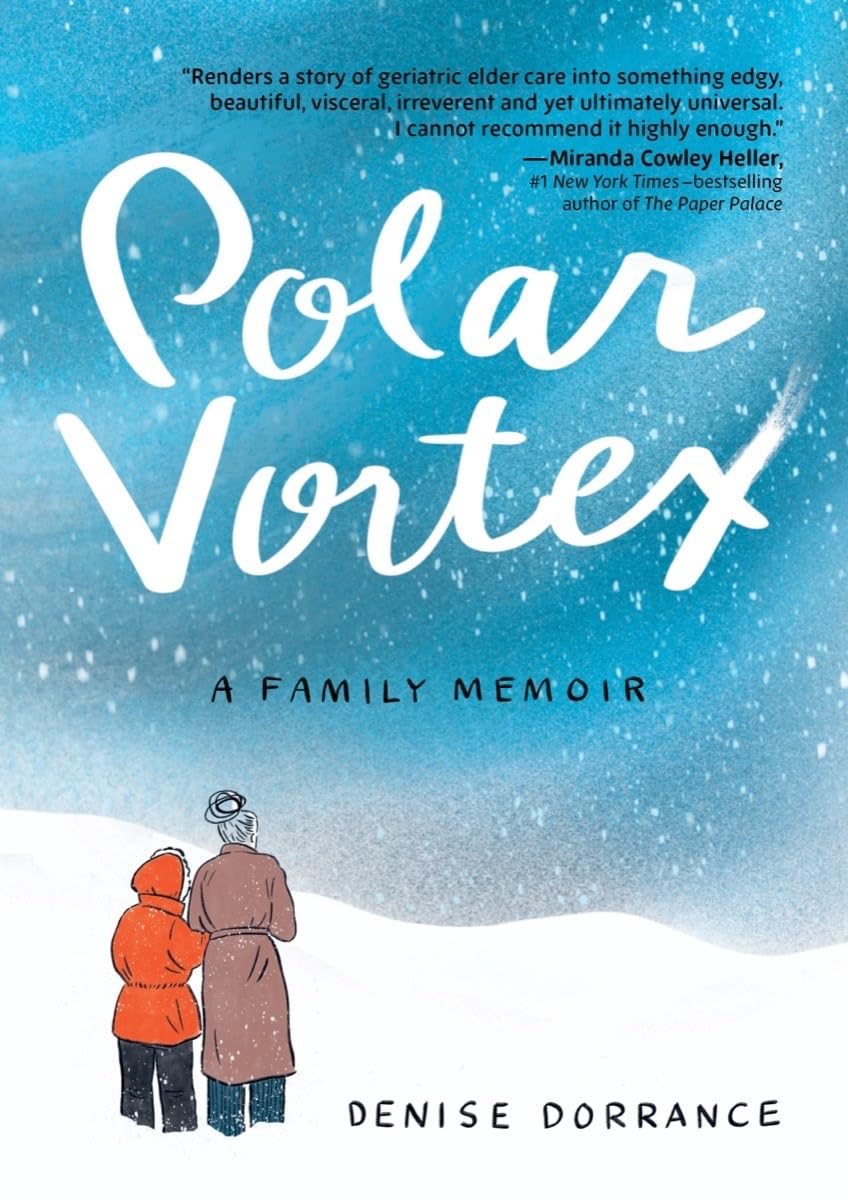
Polar Vortex
You ever stare down some art you know could be damn good, but sounds way too hard? It could be intellectually or emotionally, but sometimes I’ll look at a graphic novel that I know full well could be one of the best books I read this year, but topically feels like something I’ll never want to sit down and actually read. Denise Dorrance’s Polar Vortex: A Family Memoir sets up exactly this trepidation, with a work recounting a women’s time spent helping her older mother as her dementia progresses. It’s not just that it sounds sad (in places it certainly is) it’s also a bit too close to home having just lost a grandparent, and remembering full well how it felt to watch my grandmother taken by Alzheimer’s.
Dorrance pulls off something of a miracle, then, with a heartfelt yet at times whimsical cartooning style that sells all of the emotion and absurdity of a woman flying from London to Ohio to be with her mom as she transitions out of a phase where she can live by herself. I was astonished reading Polar Vortex how relatable Dorrance’s experience felt, either through the conversations around living situations and hospital stays that I’ve lived, or through the way Dorrance’s frayed relationship with her sibling mirrors situations I’ve seen. One of the realities of aging parents is nobody wants to think about it or prepare for it until its way too far down the line to do anything other than rapidly react to what feels like a million new developments. Polar Vortex captures this expertly, and no, it’s not “too hard.”
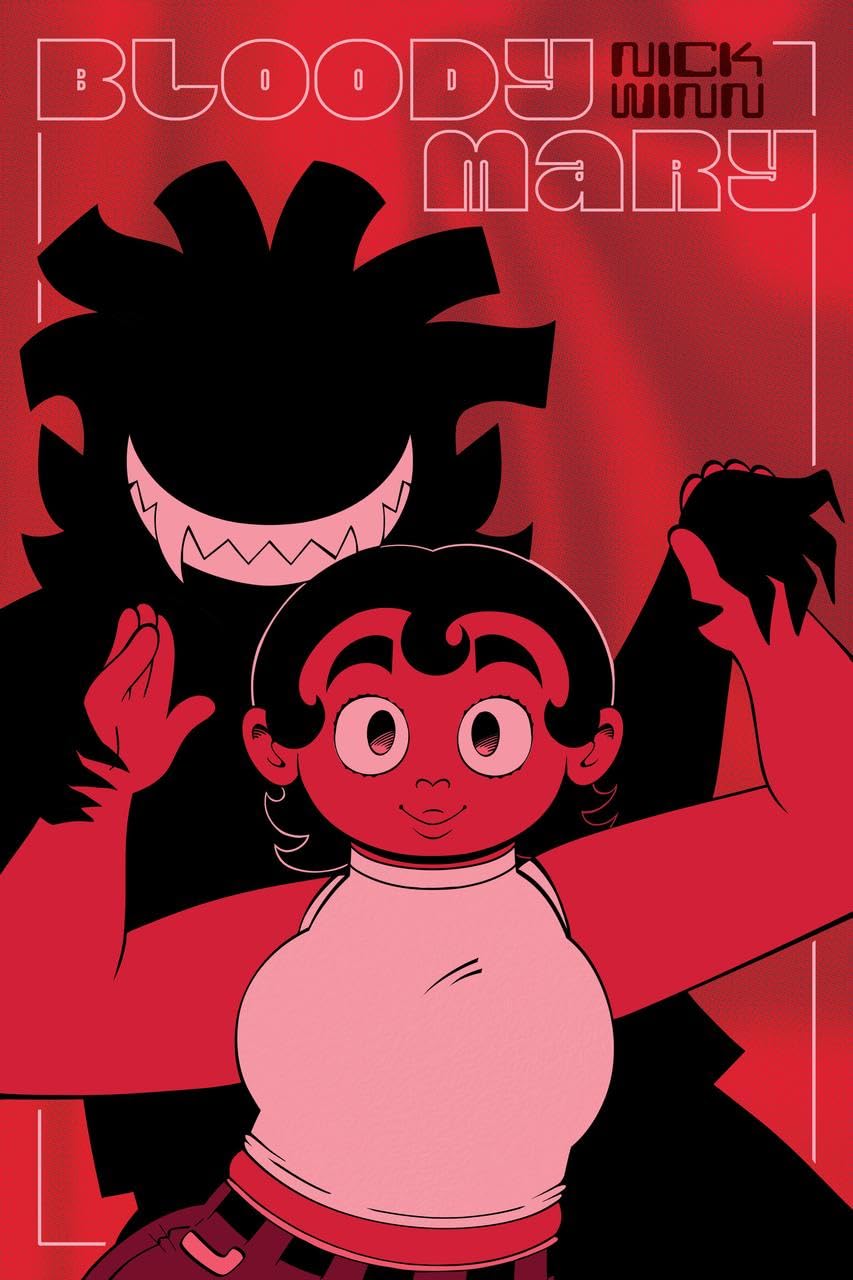
Bloody Mary
Hot damn Silver Sprocket’s had a helluva 2024. Cartoonist Nick Winn’s Bloody Mary is the charming story of a vampire and non-vamp going on a dance club first date. It’s a wonderful mixture of cute and relatable, all while fantasizing about the subculture of Vampire house music (shouts to Chicago’s own Frankie Knuckles!). Winn’s style is uncomplicated but open to abstraction as the nascent couple sinks further into the groove of the night. Bloody Mary is short, simple, and sweet, with a delightful concept at its core. A great short read.
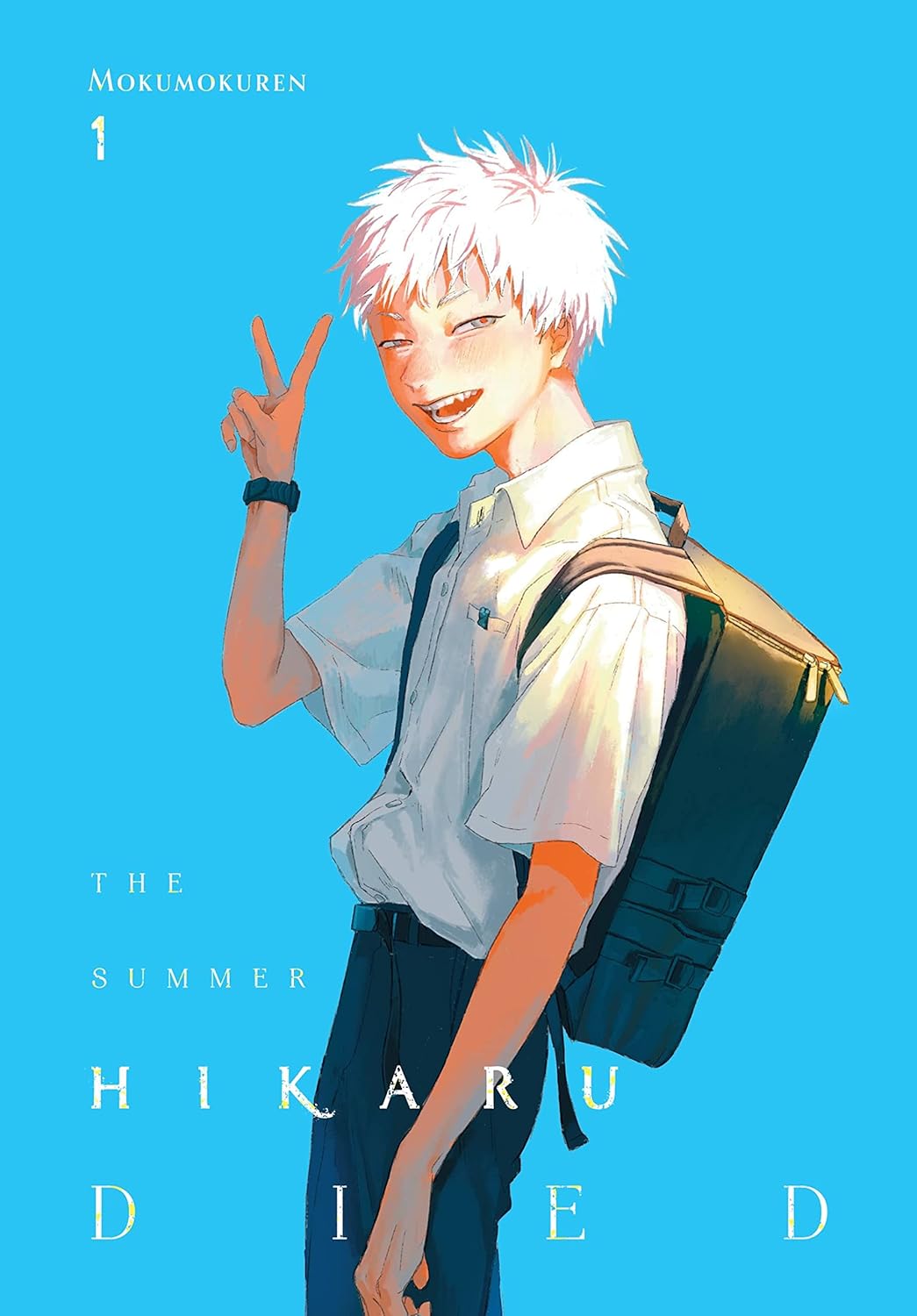
The Summer Hikaru Died
This manga from Mokumokuren and Yen Press is on one. An absolutely enthralling blend of horror, friendship, queer young romance and the supernatural. Imagine of Alice Oseman’s Heartstopper got really into less racist Lovecraft and you’re starting to get there. The fourth volume released in English in August of this year, and I eagerly read all four volumes for the first time to get caught up. The premise is lead character Yoshiki’s best friend (and maybe more) Hikaru died while on a mysterious sojourn up a magical mountain, but everyone but Yoshki believes Hikaru returned – not realizing his body is inhabited by a new supernatural entity.
Mokumokuren walks a razor-thin balance between sweet, tender highschool hijinks and Junji Ito-esque unsettling cosmic horror. What’s especially fascinating is how fiercely the New Hikaru (Hikar-two?) wants to connect with Yoshiki, fulfilling the previously established friendship but also in far more intimate ways. Sequences of Yoshiki reaching into Hikar-two’s stomach to feel the true spiritual entity are intensely sexual without the usual titillation one would associate with lovers getting to know each other’s bodies (unless for you that took the shape of creeping tendrils and swirling spirits, in which case, you’ll feel right at home!). It’s a great looking, gloriously constructed story that subverts my expectations at every turn. Highly recommended.
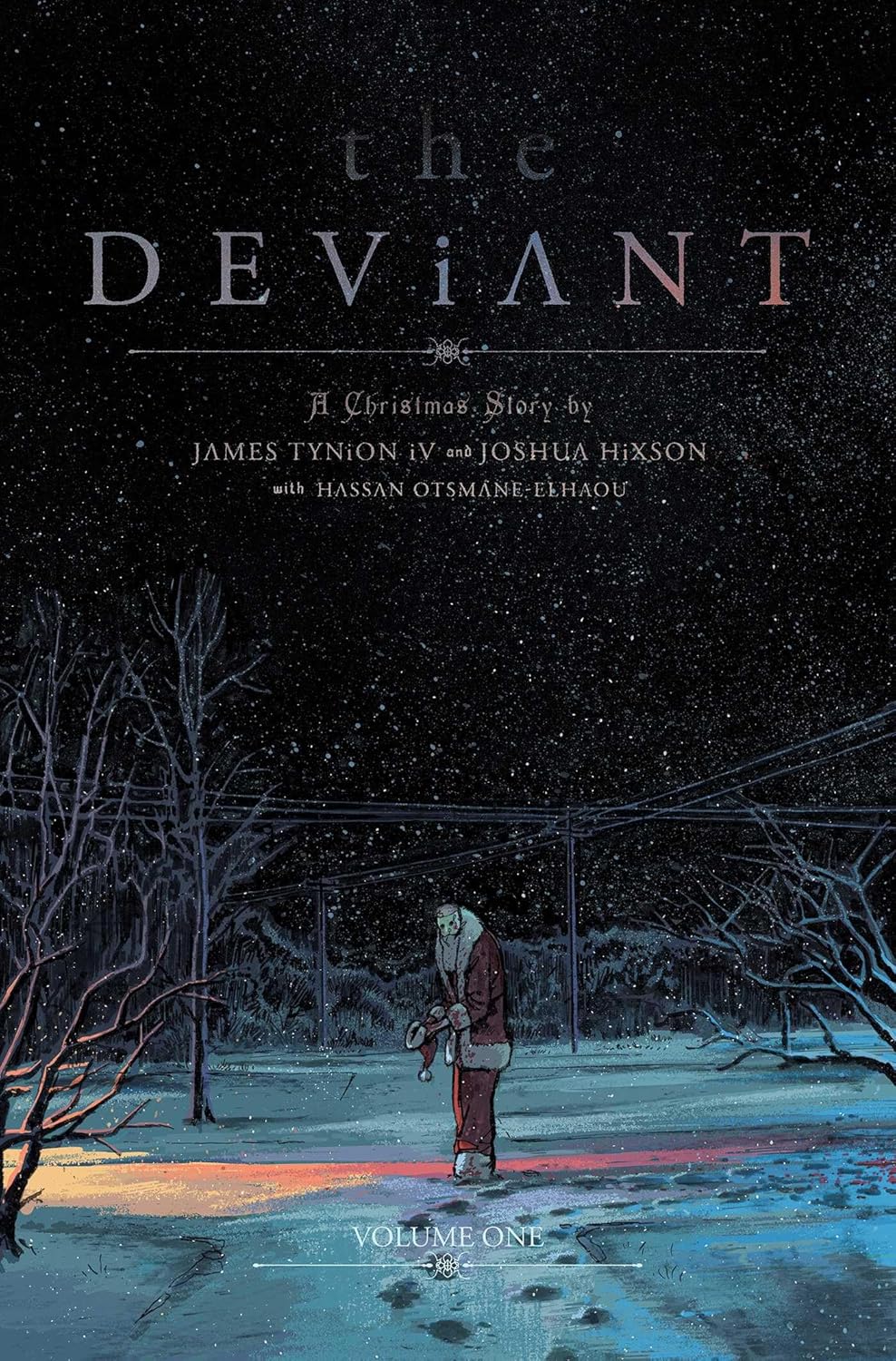
The Deviant Vol. 1
Even though I’ve had at least one James Tynion IV creator-owned work on my annual favorite lists since 2020, throughout 2024 I’ve started worrying that the back-to-back-to-back Eisner winning writer was stretching himself far too thin. Tynion’s Substack grant has turned into a Tiny Onion Studios looking to take over the media landscape, and listen, as modern catalogs go, Tynion’s got the goods: Something is Killing the Children is a bonafide smash hit, and The Department of Truth and The Nice House on the Lake are two of my favorite works this decade. But how many lasting ongoings can one person sustain while simultaneously keeping up with the pressures of MORE new ideas, filling out MORE media opportunities. Because if the books stop launching, the script treatment offers stop coming in, and suddenly the Studio is – gulp – just selling comics!
Honestly, the jury’s still out on whether Tynion is Jeff Lemiring himself. Reading the second volume of WorldTr33, I’m left thinking I’ve seen all these ideas and characterizations better substantiated in The Department of Truth and Nice House. But then I read the first volume of the serial killer murder-mystery The Deviant, and damn, maybe this guy can pull this off.
Every work of Tynion’s has an author stand-in of a sort, but The Deviant takes it head on with Michael, a queer lead character interviewing a queer convicted serial killer for his semi-autobiographical comic book. At one point, the lead and his partner are griping about interviews with “shitty comics bloggers” (HA!) and talking about the soul-sucking nature of corporate IP comics. I suspect Tynion might know a thing or two about these topics. Of course, the key to Tynion’s rise as an unstoppable Eisner machine is that he has impeccable taste in collaborators. On The Deviant its Joshua Hixon, artist of the underrated The Plot, who imbues flashback panels of a truly creepy Santa Serial Killer with all the creeping dread the mystery calls for. Hixon’s attention to detail is crucial, too, spotlighting the MAGA coffee mug of the ex-cop wounded by the original serial killer to wordlessly convey the shift in tone and environment during his interview with Michael. It’s a tight, suspenseful, impossible-to-put-down work, with its final of 9 issues scheduled to drop in December of this year. I don’t know how you could be expected to wait for the second trade collection!
Frogpocalypse
I think I might just really like comics about frogs? Matt Emmons The Council of Frogs is a recent favorite, Walt Simonson’s Frog Thor is always near to my heart, and damn, I’m even giving that Battletoads relaunch another look. Matt Rockefeller’s Shortbox 2024 entry Frogpocalypse joins the frog army, and then some, with one of my favorite comics of the whole year. It would be perfectly understandable, perhaps even honorable, for a cartoonist to fully commit to the sheer glory of “what if the frogs rose up and attacked humanity?” You don’t necessarily need more than that! Where Rockefeller excels is in tying the frog uprising to social commentary of impending climate collapse, and the fear and hopelessness it leaves in anyone paying attention.
Plus, uh, these frogs rule? Like, I would absolutely join in them in taking control of the climate from humanity (we suck at it!). Rockefeller’s cartooning is gorgeous, swirling odes to the environment, and Bullfrogs that will absolutely whip your ass.
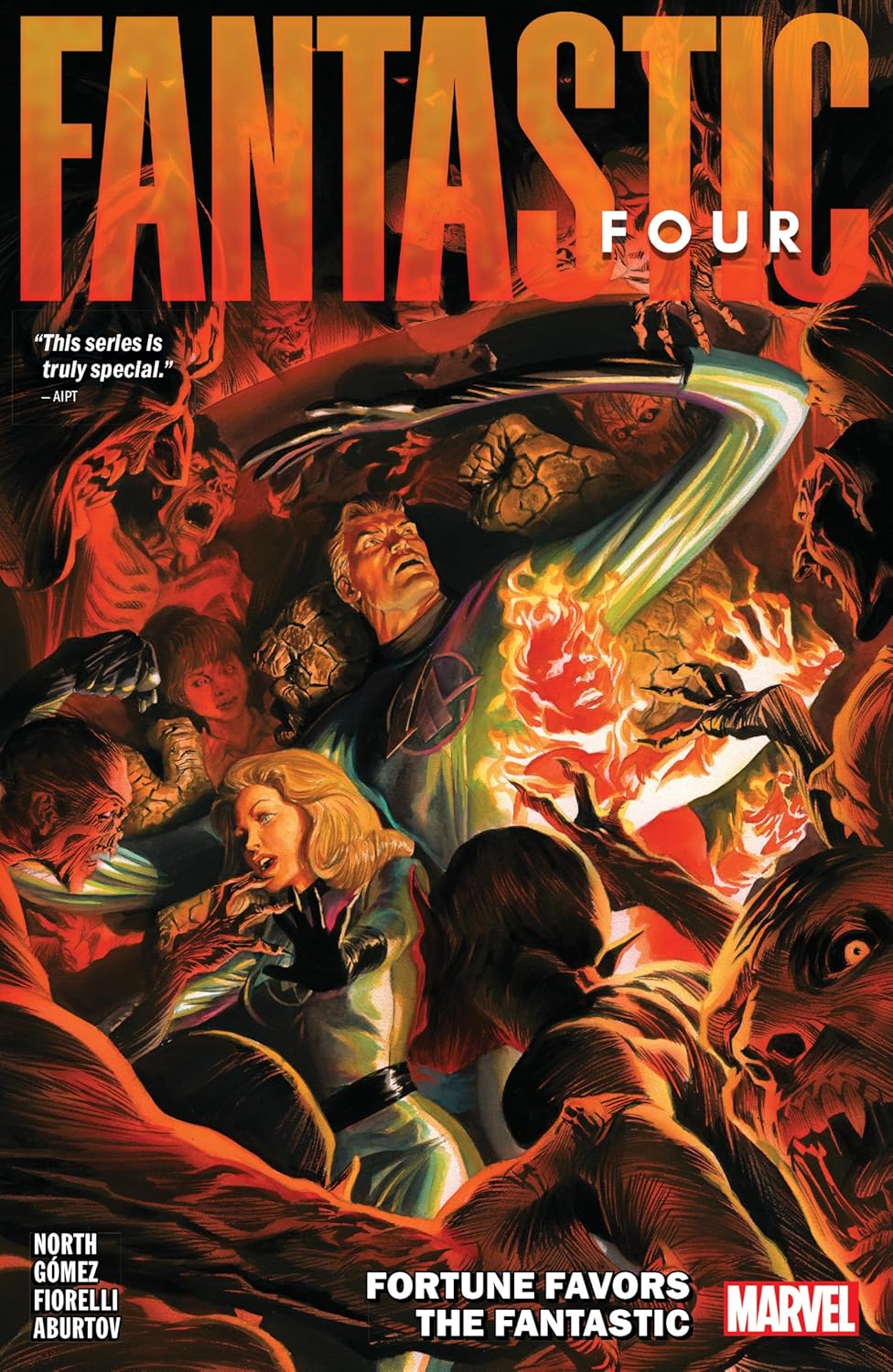
Fantastic Four by Ryan North Vol. 4
Much like Ram V’s Detective Comics, I had the humbling experience this month of thinking I had a pulse on the Ryan North era of Fantastic Four, only to binge the series in full and realize it’s far more elite than I realized. North’s approach to the first family has been Planetary by way of the Magic School Bus, mashing heaping doses of imaginative science into one-off adventures that tap into the full gamut of genre (riffs on Star Trek, Doctor Who, The Maltese Falcon and on and on!). The end result is a run not only unique among contemporary superhero comics, but wholly unique in the 60+ year history of the Fantastic Four. The most recent fourth collected volume takes you through issue #22, and this run is already in the running for my third favorite FF series of all time (it’s a shame Kirby/Lee and Hickman, et al. is such an irrefutable 1-2 or this could get interesting!).
The core limitation to the work is the relative instability of North’s collaborators, and an inability to capture more daring and expressive visuals (in the way that Ram V’s loaded Detective Comics partnerships miraculously achieved, for example). To date the run is a bullpen by committee predominantly split between Iban Coello, Ivan Fiorelli and Carlos Gomez, all skilled draftsmen who never lay claim to personal idiosyncrasies and styles that make us fall in love with cape artists (look at the accolades for Nick Dragotta on Absolute Batman for example). It’s less that I’m lamenting the days of the same creators on a work for 3 straight years (I’ve accepted this loss!), but more that I’d like to see makes each of these artists their own force, rather than trying to feel of a lessened piece with the same standardized Jesus Aburtov colors. North and these collaborators can be so inventive with the Fantastic Four’s powers – Reed’s body is twisting, splitting and expanding in ways I’ve never even considered – and it’s a shame we don’t get to see more creators exploring unique ways of selling that invention (Alex Ross at least gets in on the party with his Blood Hunt tie-in cover of Reed’s face being gnawed alive by Vampires!).
Through sheer creative willpower, FF exceeds these limitations, and North’s charming understanding of character – and heightened emphasis on a completely rejuvenated Alicia Masters-Grimm – is second to none. We’re at the point in fully buying in to a vision where an entire issue can commit to Johnny and Ben getting jobs at a local grocery store and fighting tooth-and-nail to outdo the other for the coveted cashier of the month award. The mystery of a space station stuck in time for centuries is what gets my attention with the Fantastic Four, but the bickering dynamics of these found family brothers is where I fall in love, and North has that on LOCK. At this point, my only concern with Fantastic Four is I’m so wholly into North’s vision that I’m starting to buy into the 2025 Marvel event One World Under Doom (spearheaded by North). Somebody stop me before I make another reading order!
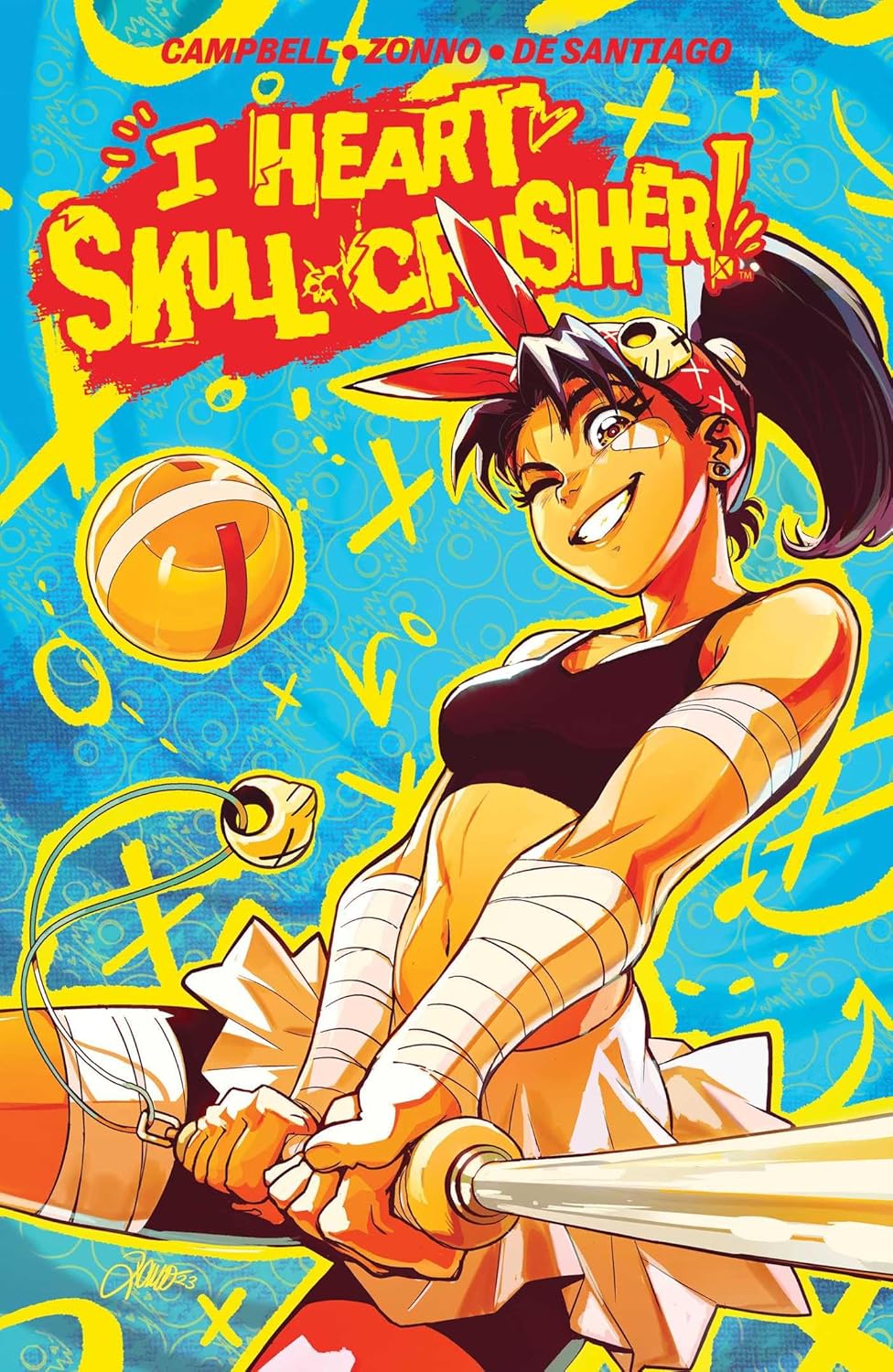
I Heart Skull-Crusher
The awards for 2024’s best first issue, best sports manga (American Edition), and funniest comic book go to… I Heart Skull-Crusher by Josie Campbell, Alessio Zonno, Angel De Santiago, and Jim Campbell! No comic brought bigger smiles to my face this year, which is mildly concerning considering Painball played in the American Waste is the most violent sport I’ve even seen!
Campbell and Zonno tap into the chaos energy of all your favorite manga both in visual aesthetics and willingness to make an actual Bear named David (never before have I been so fully realized on the page) the Podunk Lil Team’s goalie. It’s Fullmetal Alchemist by way of Slam Dunk by way of Mad Max, and the creative team knows exactly how to override the darkness with wit, charm and comedy. There’s a deliriously infectious confidence to this comic, from the moment it begins that makes me want to follow it for years – even if that seems HIGHLY unlikely in a sport where all my faves could be murdered for points at any moment.
If that hasn’t sold you yet, and you’re not familiar, Josie Campbell was the head writer on Adventures with Superman, She-Ra, and Jurassic Park: Camp Cretaceous, and has written jokes for Norm Macdonald! She’s a hilarious and intensely skilled creator, and this book deserves all the love.
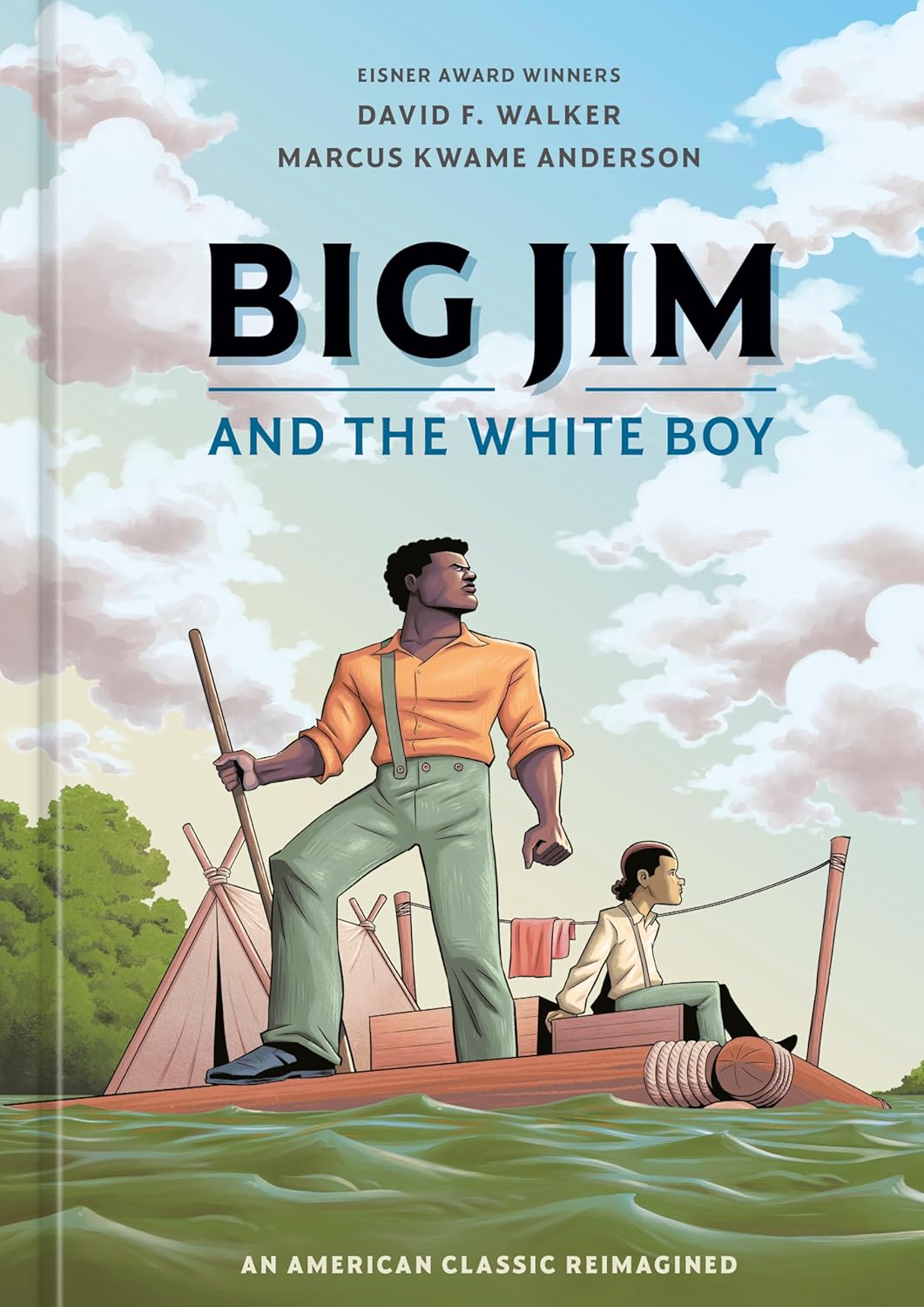
Big Jim and The White Boy
The thing that I appreciate most in the telling of David F. Walker and Marcus Kwame Anderson’s remix of Huckleberry Finn is how structurally it’s so much more than a remix. I anticipated a retelling of Twain’s classic novel – the one that sparked more conversations about the n-word in my high school than Kanye West’s Late Registration – but from the perspective of the runaway slave, Jim. This reframing would grant Jim an agency the character lacks in Twain’s work, likely at the expense of Huck, the titular White Boy.
Now, Walker and Anderson certainly reframe, but what they also do is engage heavily with the question of how stories are told, who gets to tell them, and what impact that has across generations. Likewise, Big Jim and The White Boy jumps across eras and perspectives, capturing moments from the novel, but never devoted to recreating all of it. This allows for conversations between Jim and Huck well after they’ve lived through Twain’s world, creating a humorous, charming, beating heart of a relationship between the duo. Anderson’s characterizations are pitch-perfect at capturing emotion and mood, and the early transition between the cartooning style of Huck told from Twain’s perspective, vs the Jim-centric vision of this work is a testament to Anderson and colorist Isabell Strubble’s tremendous versatility.
Walker and Anderson have proven their excellence at celebrating and protecting black history with the Eisner-Winning Black Panther Party graphic novel, but whereas that plays as a needed history lesson, Big Jim is a metafictional, emotional thunderbolt. At times it’s quite hard to tell where American history ends and where the fiction of Huckleberry Finn begins. Truly excellent work – I’m not sure these creators are capable of anything less.

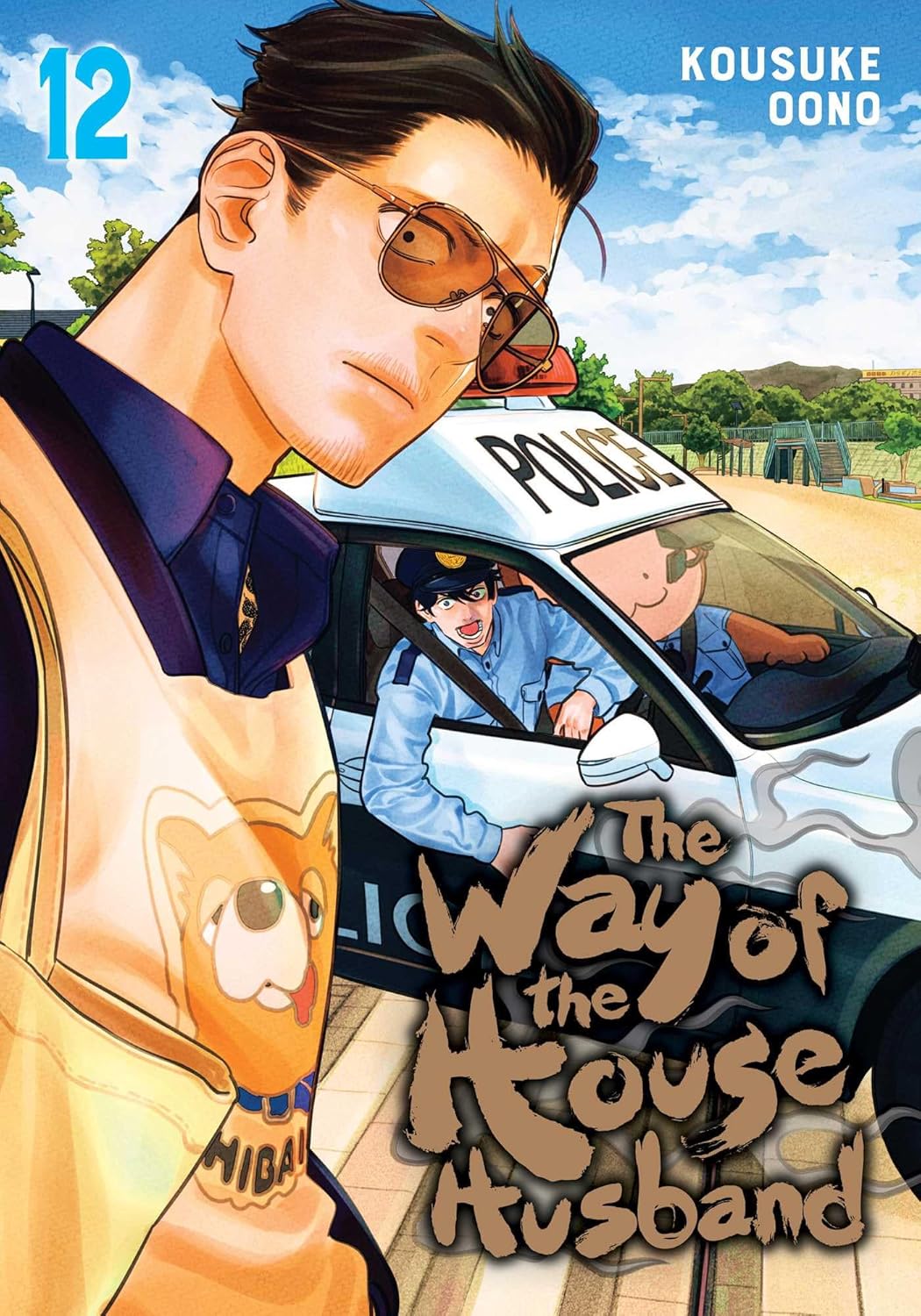
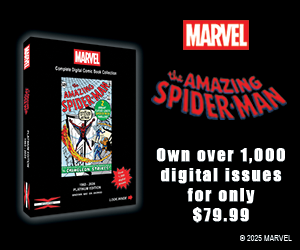
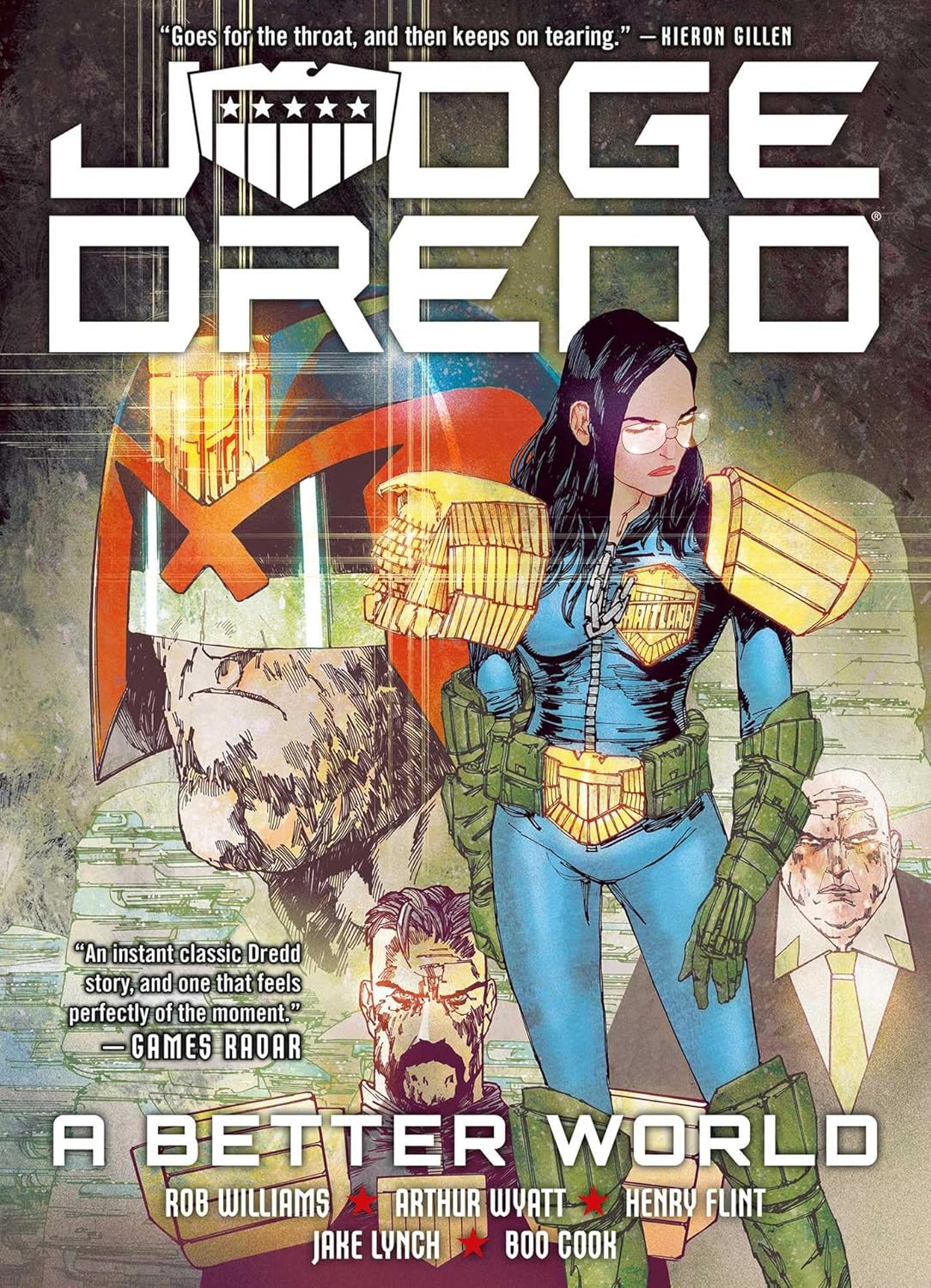
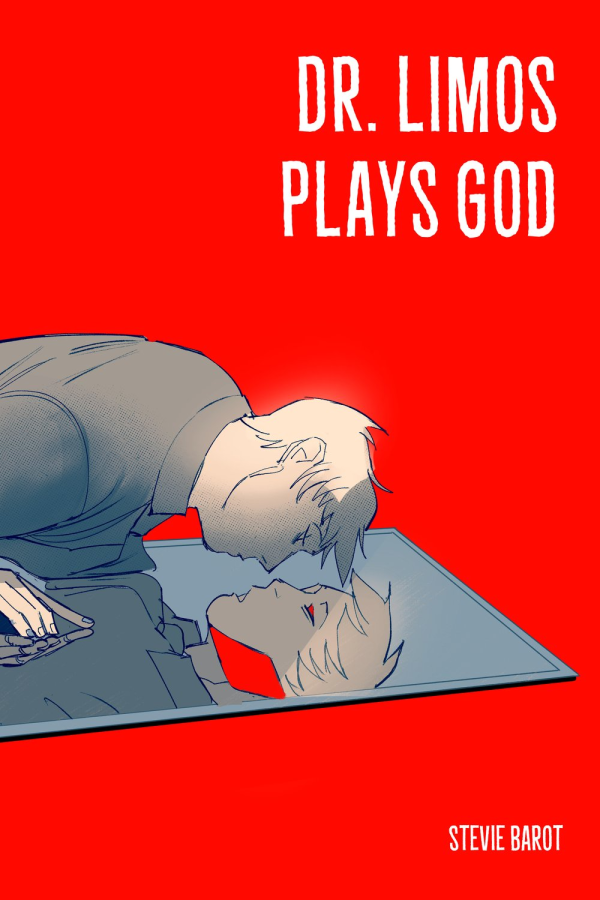
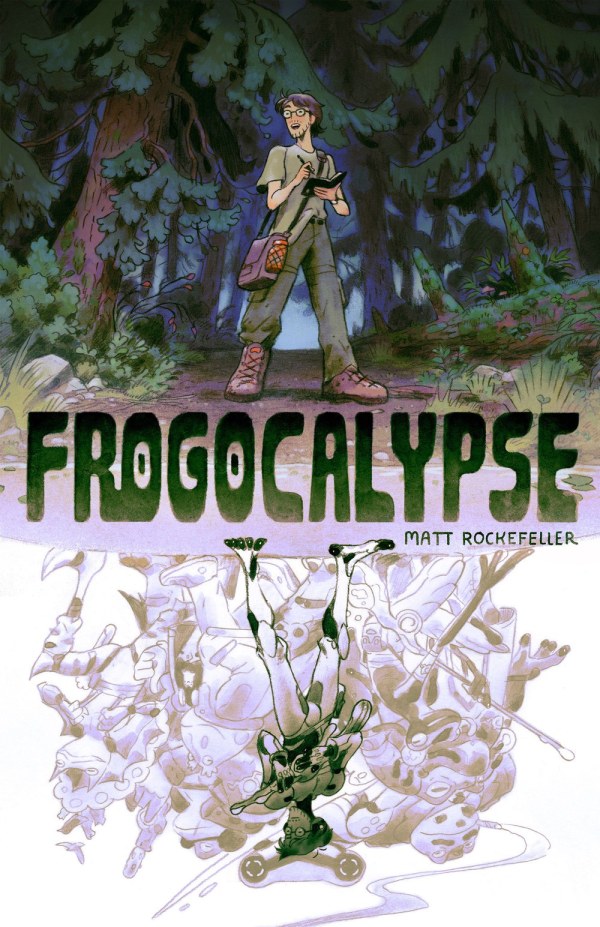
Leave a Reply